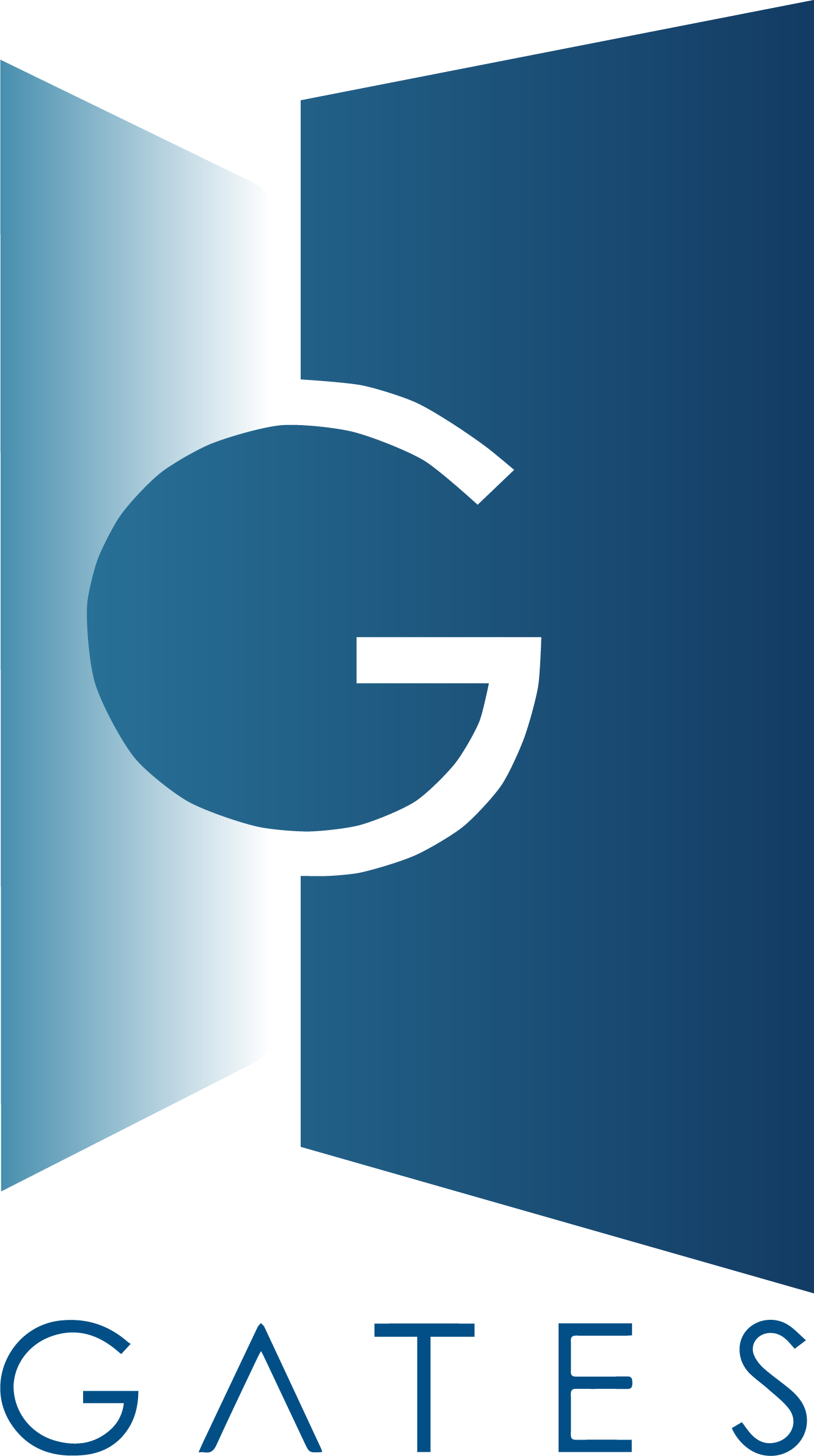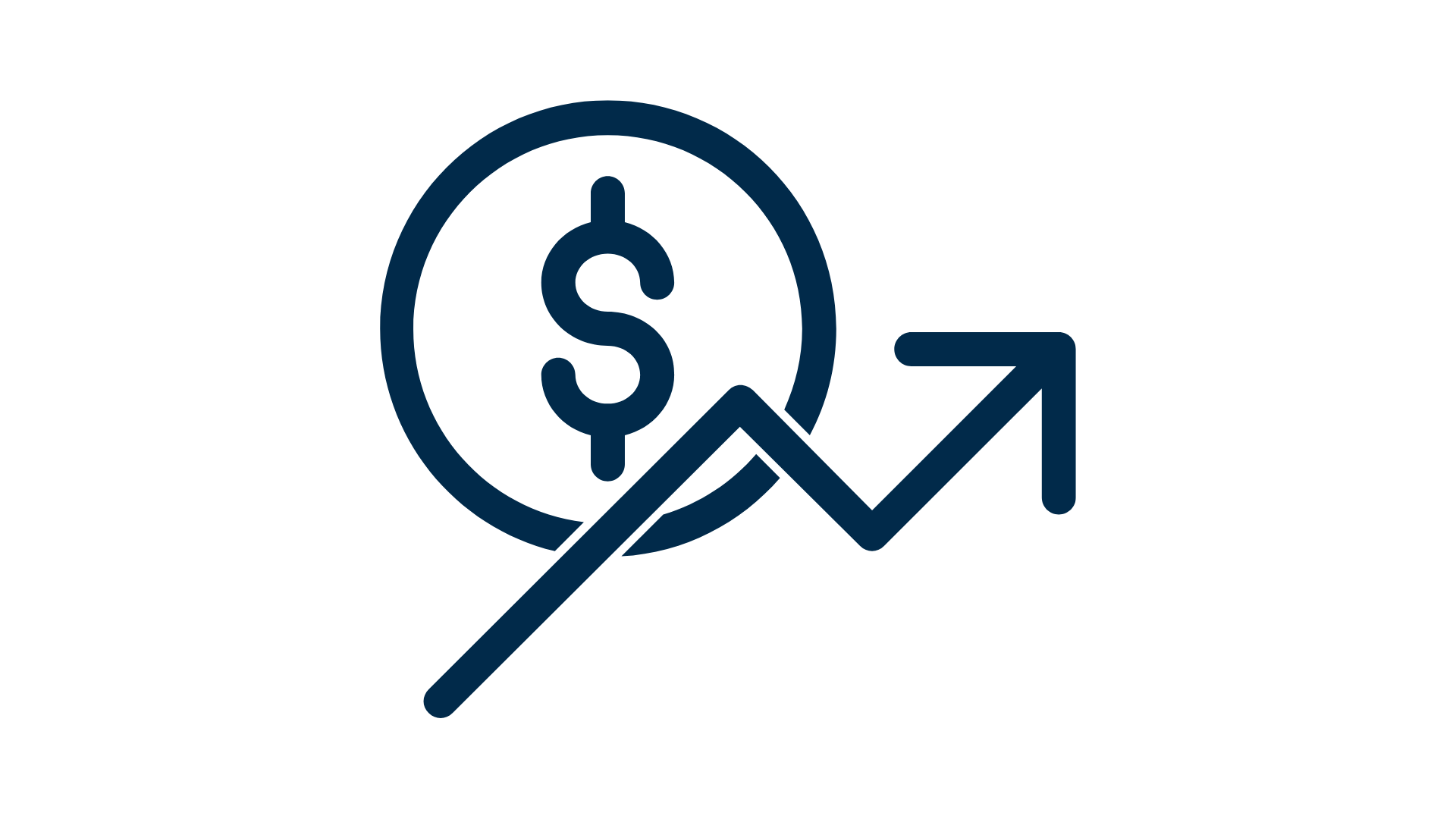Revenue Cycle Management (RCM) is the safety bedrock for any healthcare organization and it consists of a comprehensive model to prepare the setting, receive the patient, and deal with payors to collect reimbursements.
GATES RCM Model© guarantees a win-win relationship between payors and providers, which optimally results in error-free profitable billing and effective healthcare facility utilization.
We have 24 steps for RCM, which are organized into 3 major categories:
Pre-Patient Encounter (Provider-Centric): 4 Steps
During Patient Encounter (Patient-Centric): 12 Steps
Post-Patient Encounter (Insurer-Centric): 8 Steps
GATES RCM Model©
This is how we can help you with RCM:
RCM Outsourcing
Managing RCM departments requires a diverse skill set consisting of a medical background, payor and insurance experience, coding knowledge, and interpersonal skills to deal with healthcare workers.
These areas are key to establishing a fair relationship with payors, standardization of coding according to international practice (ICD-10), enhancing claims, and as a result, increasing revenues by lowering denials.
Our experts possess this set of skills and are able to fully operate RCM departments. Our approach in management consists of the full implementation of the 5Ds Loop Methodology and integrating our RCM Model with the organization’s strategy and across all the relevant departments.
RCM Restructuring
Despite having qualified people on board, some organizations still struggle with RCM practices due to structural gaps.
We support organizations with the necessary tools for restructuring and targeting the whole components of the performance system according to the following flow:
Holistic multi-channel Diagnosis of the current situation
Development of people's skills and building unified language
New system Design:
Organizational Chart
Policies & Procedures
Job Descriptions
Forms
Automation and Digitalization Requirements
Key Performance Indicators
Place Requirements
Billing Structure
People Hiring
Set-ups for Denials Analysis, Utilization Management, Case Management, Insurance Contracting, Doctors' Engagement, and ultimately Clinically-Driven RCM
Supporting the Implementation (Do)
Leadership Engagement and Staff Incentive Models Development (Drive)
Payor-Provider Bridging
We have spent the past two decades deepening our awareness of RCM from the provider's perspective and on the other hand, consulted one of the most reputable social insurance companies locally.
Comprehending both stakeholders’ interests allows our experts to find mutually beneficial formulas for payors and providers to reach reciprocated trust and a financially sustainable payor-provider relationship.
We offer payors (mainly insurance companies) a bundle of services to build profitable and effective relationships with providers as follows:
Value-based reimbursement model set-up (pay-for-performance)
Costing benchmark development for fair pricing
Fostering transparent actions through designing solutions for live data sharing, claims auto-capturing, and other key features
Deepening the payor’s knowledge of the providers’ RCM practices



